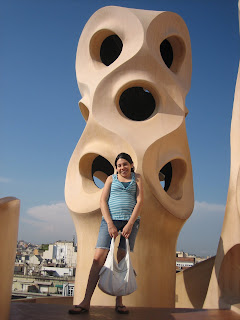
First day at Radcliffe Yard.

Trying to organize my ideas in a map... I loved the giant post-it!

During a break of the Study Group Session.

First Day Reception at the Harvard Museum of Natural History.. with Steve Seidel.

Outside our Study Group Classroom.

In front of the Harvard Graduate School of Education at Appian Way, Cambridge.
Understanding Goals/Throughlines from the Institute
1. What is understanding and how does it develop?
2. What are the roles of reflection and assessment in student and teacher learning?
3. What are the components of an effective education for the world that students will live in 10, 20 and 50 years from now?























